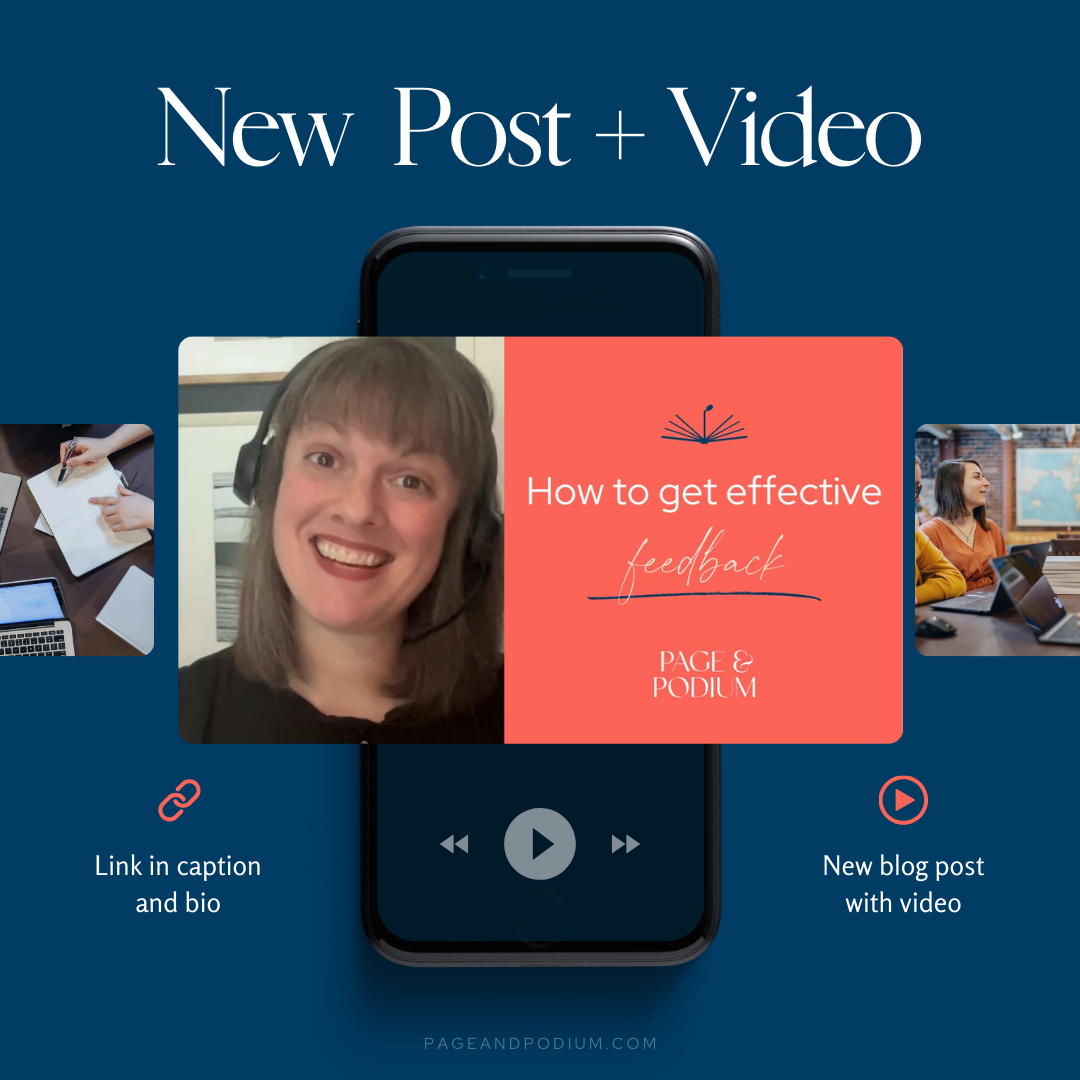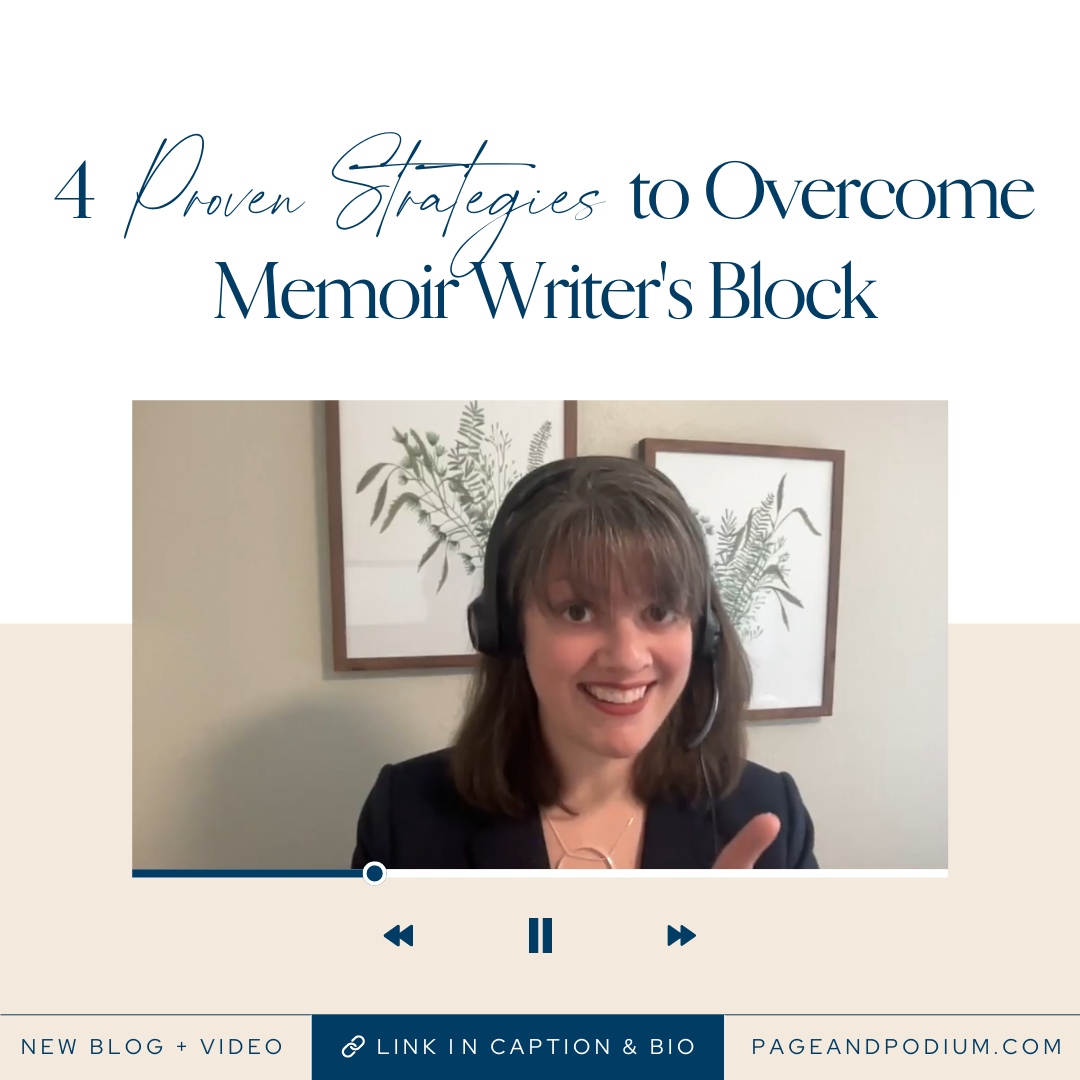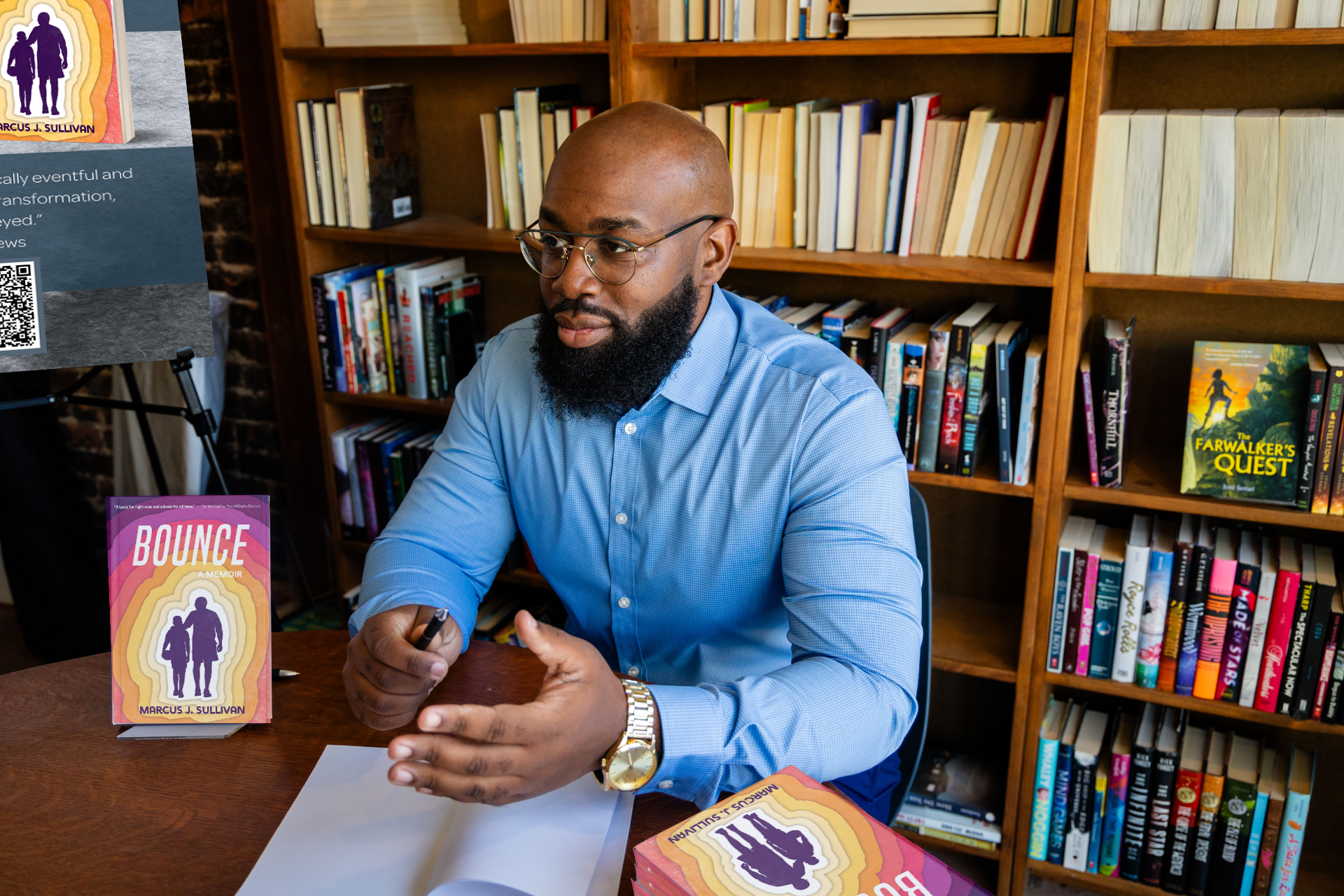We are absolutely barreling toward the new year. If you’re like so many people I talk to, you probably thought that 2023 would be the year you finally wrote that book. But here we are, ready to toast to a new year, and you might not have anything on page.
You’re not alone and this is nothing to feel ashamed of. It’s hard to start writing a book. Often, the reason we don’t start isn’t because we don’t know how to write. It’s that we never pick our topic. I want to plunge right into this issue and think about how to put together your six-figure book idea.
I’ve spent years teaching college courses. One course I taught was public speaking. I found that class would often be one that students would put off until their senior year. Part of the reason that we don’t feel comfortable standing up and speaking in front of people is because we don’t know what we want to say. We want to figure out the root of this confusion. I’ve got five steps for you, but these blogs wouldn’t be complete if we didn’t dig down deep into what is causing this anxiety and procrastination.
With my time teaching public speaking, I found that the number one reason students didn’t finish their speeches on time was because they just never picked a topic. It’s not that the students didn’t know how to speak or didn’t have wonderful, intelligent things to say. They were just disarmed by becoming overwhelmed.
I talk to a lot of folks with similar stories to my students. They want to write a book, but they have so many ideas. Bringing it all together feels daunting because they feel like they’re going to have to leave important details behind. That is typically not the case. Yes, you will have to edit down. But if we can get out of our own heads, we can find a way to put everything you want to say into one cohesive framework.
Here’s why I’m going to call this your six-figure book idea. It’s not necessarily because you’re going to sell six figures worth of books, although you may. It’s faster to bring in that revenue when you have one cohesive, trademarkable approach to the problem you usually solve.
For us, we typically work with leaders who are writing their memoirs, framing problems through their stories in one cohesive message. If you’re at the other side of the spectrum with the self-help genre, this becomes even more important because nobody wants to read a book about everything someone knows how to do. We want one thing in a book.
Once we have that one thing, now we are well prepared to pitch ourselves for all the things we want to do. It could be you want to bring in new clients, elevate a career, run for political office and so on. When you have that one cohesive idea, it’s much easier to do all the things that go into earning money from a book.
Make a Reader Avatar
First, we’re going to think about who we want to sell our product to. With a book, that is your reader. We’re going to make a reader avatar. An avatar is one fictitious person that’s going to stand in for one larger type of person. In making these avatars, we force ourselves to think about how our reader lives their daily life. That’s how we reach their heart and sell books.
I recommend using a program like Canva or PowerPoint to make your avatar. Canva, including the free version, has templates that are beautiful and fun. Your avatar is your reader. One thing that we want to include in the avatar is whatever their biggest problem is. Day to day, imagine what’s frustrating them the most. What do they wish they could change? Even knowing about a small problem will help in getting to know them. What’s this person looking for?
We also want to think about our avatar’s main motivations. We will see motivations framed either as relationships, physical or mental health, or money. Where is your reader when you think about those three things? What most motivates them to take the next step and read your book?
Additionally, we want to think about what their interests are. When we think about interests, we might think about a sport they like to play or hobbies they have. Are they sociable? Do they prefer arts and crafts at home? This will give you clarity when you’re thinking about what stories to keep and what stories to cut.
Next, go to Google Images or a stock photo site and find a picture of your avatar. Think about demographics, how they style themselves, and who you’re trying to reach with your book. We are just picking an image that we can keep in our mind’s eye as we’re writing the book.
I also want you to think about their favorite quote. Pinterest is a great source for these. You can go to BrainyQuote or Google them. If they had a quote they felt encapsulated their life, wrote it out and stuck it to their laptop, what would it say?
Finally, give that person a name. Once we’ve got our reader avatar in place, we are going to imagine them in their day-to-day life, specifically the day after they read their book.
The top way books are sold today is still through word of mouth. We want to imagine what it would take for our target avatar to be ultra-motivated to call five friends, who will call five more of their friends and so on, so we can have this exponential sales growth. Be specific when you think about this. Does your avatar read your book at work, school or on the couch? Do they listen to it? Imagine what they’re doing while reading your book and what they will do after. Will they call family or take a picture of a page in your book with their new favorite quote?
What you can imagine your avatar doing will help you think about how action-oriented, philosophical, or how practical you want your book to be. If you are somebody who does coaching, I would lean towards that philosophical point a little bit. Give a couple little tips, but don’t give everything away that you would do in your coaching. You need your reader to come to you.
After this, I want you to think about the results that you promised your reader they would receive. What do they say about your book? Do they say, “OMG, you have got to get this book. It is the most vulnerable authentic storytelling I have ever seen. I wept the whole time”? Or are they going to say, “You have to look at this book. It’s so controversial. It’s going to make you so mad”? Thinking about this will give you clarity on what you want to get into your book regarding theme, style, and goals.
Industry is Important
The industry piece. Every book needs to meet the reader where they are and it also needs to make sense where it’s positioned within the industry. Go to Amazon, find the book section, find the category you think your book is and start digging.
This exercise will do two things. First, you’ll get a good sense of what is selling well and not selling well. A mistake I find authors make often is thinking they need to avoid something that has already been done. A lot of things have already been done. Look at how you, as an author, fit within the niche while adding one unique perspective.
Most of us have a particular type of book we like to read, and if a book appears too far removed from that type, then it just doesn’t get picked up. Because there’s so many options, there’s no reason I’m going to read a book I don’t think I’ll finish. If you keep within your niche while adding your extra perspective, you’ll be exactly where you need to be.
The second thing you’ll get from this exercise is to see that categories might not be as intimidating as you thought. The more you start clicking through, the more you’ll realize that the competition is as stiff as you thought it was. If you have a real leadership skill or background in an area, you can go toe-to-toe with any of the books on Amazon.
Who are you as an author?
The third piece that I want to talk about is you. I want you to write your author bio, even if you might not be an author yet. Get out a bunch of sticky notes and write down one thing on each of them that sets you apart from the average person. These can be skills, positions you’ve earned in your career, whatever the case may be. Keep going until you have between 10 to 20 different notes.
Your resume can be a good place to start for this exercise, but you have to think deeper toward things that aren’t going to be on a general resume. After you have your sticky notes done, lay them out and start grouping them, putting like with like until you have just two or three stacks of sticky notes. This is what you’re going to use to write your author bio.
Author bios are written in third person. There is something magical that happens when we can take ourselves out of this weird headspace of the “I” and put ourselves into the “he, she, or they.” By stepping outside of our ego, we see how accomplished and skilled we are. Write this up as a quick draft, and it’ll help clarify the type of book you’ve chosen to write.
Phone a Friend
After you wrote up your draft, phone a friend. Choose friends who are your biggest fans. These are people you’ve known for a while who are always there supporting you. Send them a text and ask them what the most interesting or valuable thing is that they have learned from you. We’re pulling in outsider perspective with this. You might be surprised that what they tell you may not match up with your author bio. Often, we forget what we’re teaching others because we’re just living our lives.
The last time I did this exercise, my best friend texted me back saying that they learned from me how language impacts social justice. Of course, that’s what I spent half of my life studying, but I had forgotten to put that in an author bio. While that outside stuff may not fit in a bio, we’re going to fit in anyway. What we’re doing is really getting a sense of who you are as an author.
Make a Venn Diagram
At this point, we have talked about reader, industry, and about you. When you put all three of those together, you should start to come up with some kind of a Venn diagram.
A Venn diagram is just overlapping circles. We are going to have one circle for your reader, one circle for the industry, and one circle for you. Right in the middle of those three circles, that is where your six-figure book idea lives. I know this is a lot, but this is just a start. There’s still a long road ahead when you imagine how your book can make the impact you want it to. If I can help you, if I can give you any one-on-one support, or if you’d like to be a part of our brand new book group coaching program, please reach out to me. I am very happy to help.
In the meantime, take our Book Strategy Quiz. This is going to help you think about how your stories are going to fit into the industry and how you practically go about writing and publishing the book I know you were meant to write and publish.
I’m on a mission to make sure everyone has access to the support and tools they need to tell their story well. If you’re finding it hard to do this, you might need a ghostwriter or book coach. If this sounds like you, I have an exciting announcement!
Our Change Maker package is a new package that will give you the ghostwriting and editing support you need to bring your story to life, even if you’re not a writer. While that package is only available to our newsletter subscribers right now, you can head over to our Book Strategy Quiz to stay informed when this is released to the public. You’ll also get a ton of helpful info along the way!
Happy New Year and happy writing!



